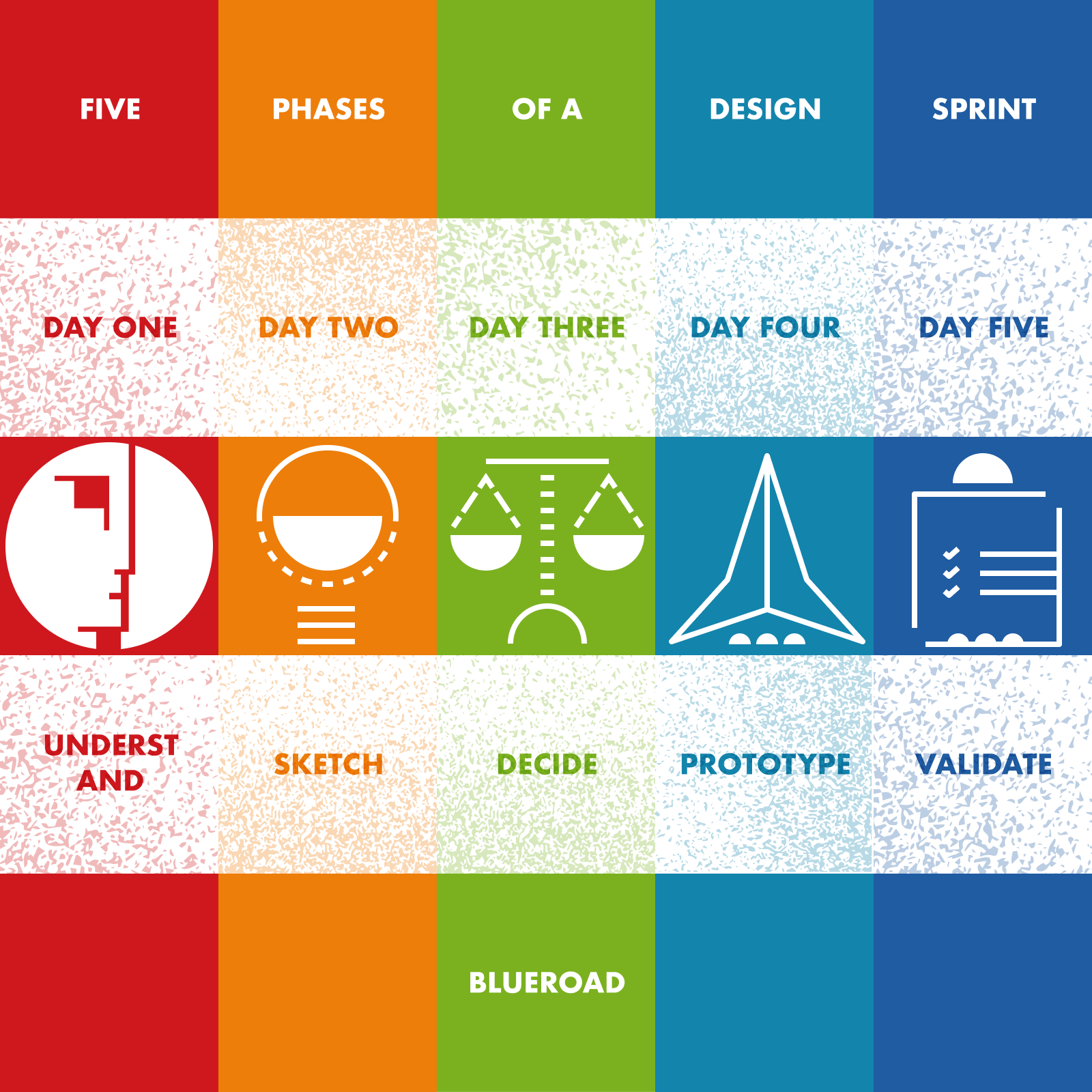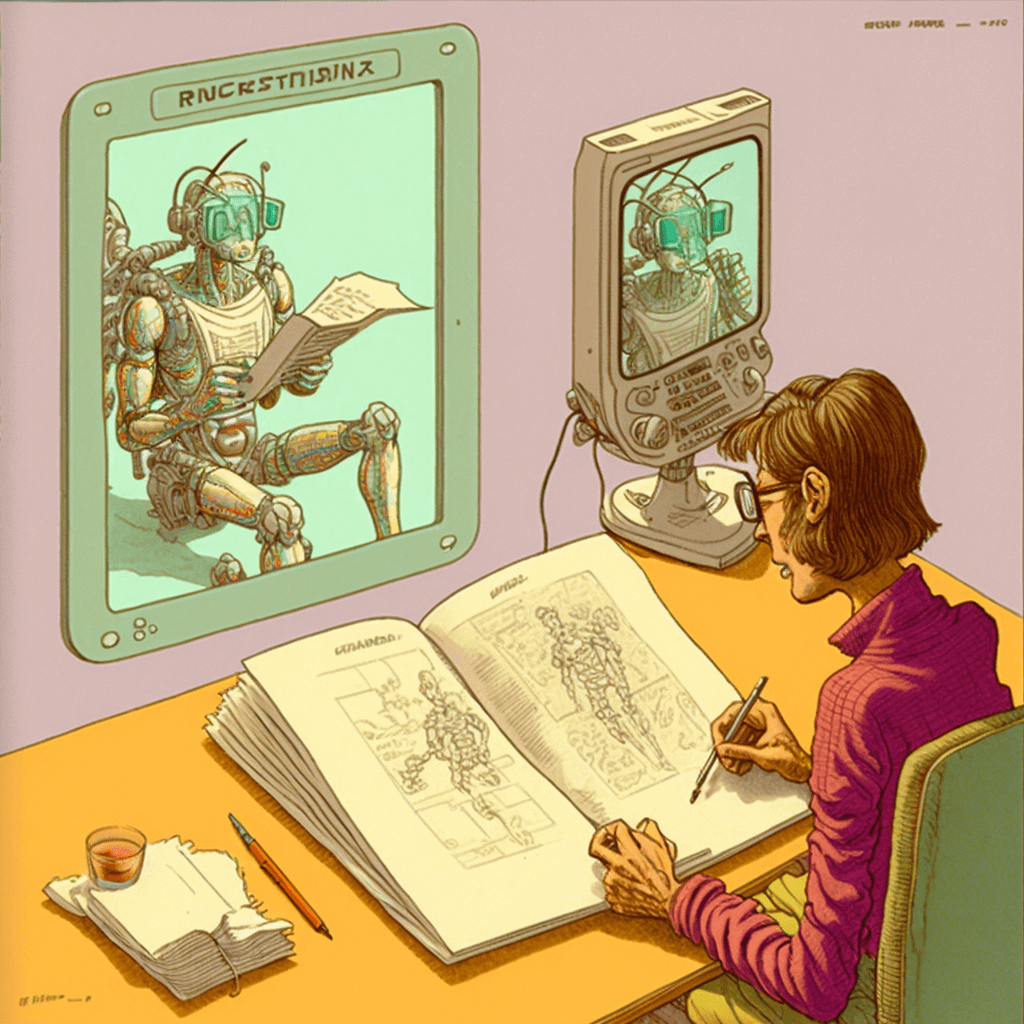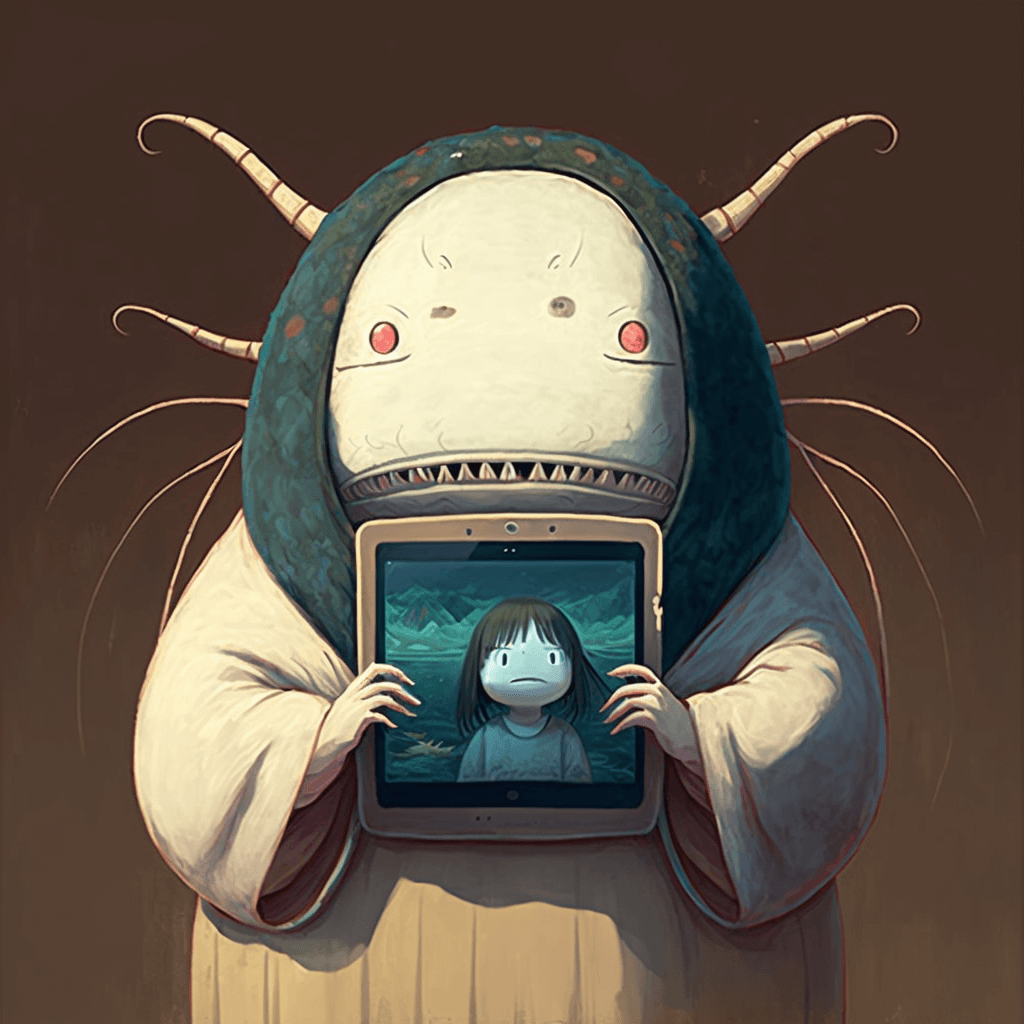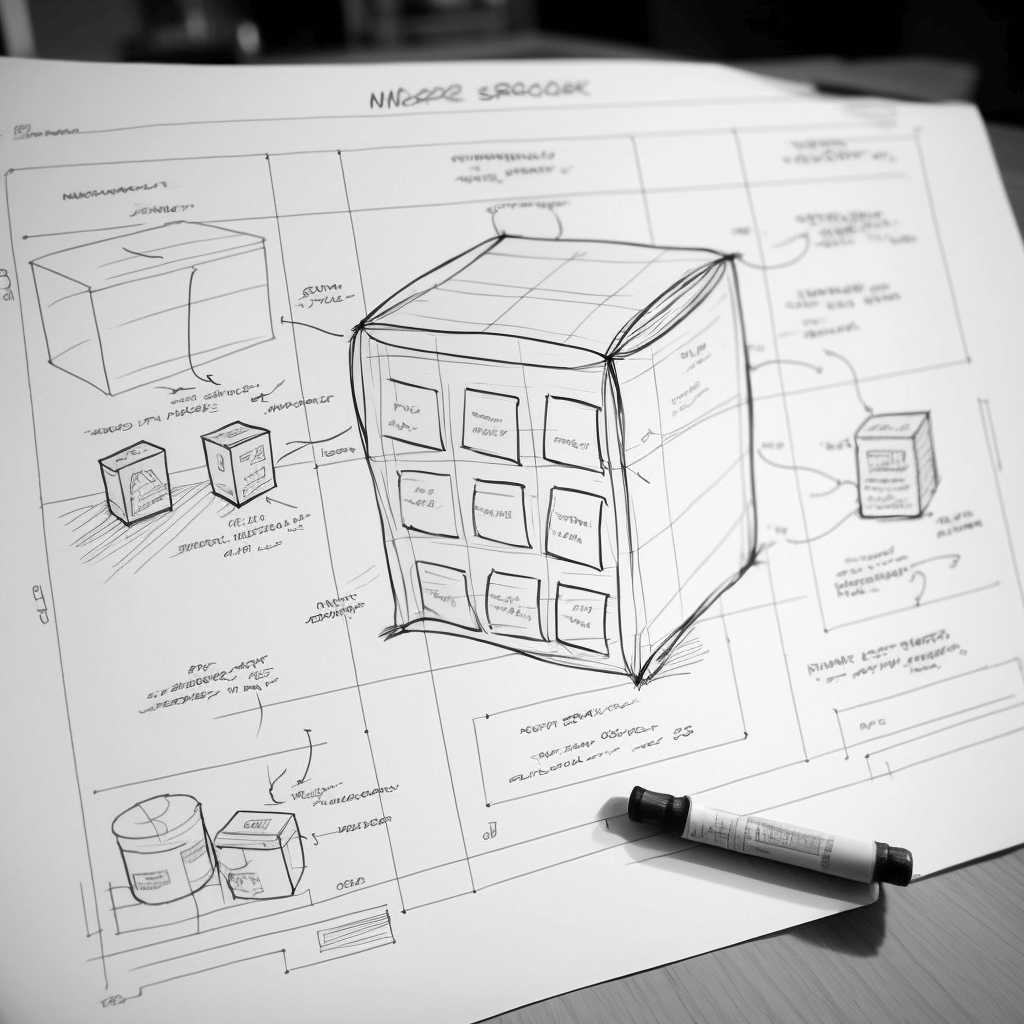Design Thinking Process and its Phases
Design is crucial to your product's success, and a company whose product doesn't fulfill the customer's needs cannot succeed. More businesses are focusing on Human Centric Design to improve their chances of success. Design thinking is a human-centered design methodology that allows firms to solve design challenges creatively using innovative approaches and methods. This article describes design thinking and walks you through developing that methodology.

What is design thinking?
Charles Kettering was renowned for inventing no less than 186 patent applications. If you are a designer, entrepreneur, or employee, you don't have to be afraid of being innovative with your work environment and technology.
This secret sauce makes progress much faster and better than any other product. We can think of the best solutions that can be easily applied and measurable. Apple and Uber grew out of these innovations.
Design thinking is a problem solving approach that involves a deep understanding of the user and their needs, and a focus on generating innovative solutions to complex problems. It is a methodology that can be applied to a wide range of fields, including product design, service design, and organizational design. The design thinking process typically consists of five stages: empathize, define, ideate, prototype, and test.
During the empathize stage, designers seek to gain a serious understanding of the user and their needs by conducting user research, such as interviews and observations. This helps to inform the problem statement that the team will be working to solve.
The define stage involves creating a clear and concise problem statement, which will guide the team as they move into the ideation phase. This is where designers generate as many ideas as possible, using a variety of ideation techniques such as brainstorming and free-form thinking. The goal is to come up with a wide range of possible solutions to the problem.
The prototype stage involves creating scaled down versions of the most promising ideas to test and gather feedback on. The testing phase is the final stage of the design thinking process, where designers gather user feedback on the prototypes and iterate on their designs based on this feedback.
Design thinking workshops are a great way to apply the design thinking framework to a specific problem or challenge. These workshops bring together a diverse group of people, including designers and non-designers, to work through the different stages of the design process in a structured way. By using a solution-based approach and encouraging a culture of innovation, design thinking can help teams to generate innovative solutions to complex problems that are both feasible and desirable from the user's perspective.

Did you know design thinking is a nonlinear process?
We have shown a direct line of the thought process where a step appears to lead to a degree in the next with logic at the user test. However, these processes are based on more flexible and nonlinear methods.
Depending on what stage is planned and how the project will proceed, designers can gather information to bring ideas and concepts to life and visualize the solution to a problem as the process progresses. In addition, testing can reveal fresh insights about users that can be used to design a prototype or to brainstorm another session (Ideate).

Tell me the value of design thinking.
In the last paragraph, we discussed Design Thinking as a tool for solving wicked problems interestingly. I think design thinking can provide valuable insight for understanding the design process as it is integral.
Design thinking offers creative innovation and creative solutions to problems. It encourages designers to design innovative products and promotes innovation and customer-centricity across all company levels. Let's start with what the design thinking processes are based upon.

Applying the design thinking framework to your work
Design Thinking is simple—it does not matter how big the project you're trying. You can choose just one aspect of designing that you think about, including getting to know your clients and being more empathy-driven in your daily lives.
If you have difficulty obtaining good customer feedback, you might consider a user interview to see what they missed. You may need to emphasize collaborative design thinking; in such cases, you may have ideating discussions with people from various teams.

Examples of design thinking success
The product design is the most apparent context that is helpful when designing. But design thinking can solve a whole range of challenges outside of Design! Design thinking has become increasingly integrated into the company to encourage teamwork and innovation.
IBM has designed a business development framework based on enterprise architecture that enables teams to work together around a real need. Business users report a 5% increase in teamwork and a 30% return.

The Take-Away: bring as many ideas as you can.
Design thought involves an iterative, nonlinear process involving designers and customers. It brings innovative solutions to life that can be adapted from the user experience. It's based on human-centric Design and involves five stages: impeachment, Define, Design, prototype, and testing. These steps are helpful as outlines for the process. Because design thinking is an iterative and nonlinear process, your team can complete each stage simultaneously, repeating each step.
Tell me the five steps of design thinking.
The Designed Thinking framework has four phases: ideation, implementation, and integration. The following guidelines are further divided into five actionable steps forming the Design Thinking Process. Although this step appears sequentially, it is essential to point out that design thinking is not strictly linear, and each step of the journey requires you to return to your previous action.
The design thinking process consists of five steps: empathy, defining, ideas, prototyping, and testing. When thinking about the 5 step design thinking process, you should know that it is not linear. While we refer to the process in terms of steps sequentially, it is an iterative loop. Throughout each stage, you'll discover new insights that require revisiting the earlier stages of your journey. With this in mind, we'll look into each step more thoroughly.

Empathize
The empathy step of the design thinking process involves profoundly understanding the needs, wants, and experiences of the people for whom you are designing. This is typically done through research methods such as interviews, observations, and user testing, allowing you to gather data and insights directly from the users.
By understanding the users' experiences and challenges, you can better understand the problem you are trying to solve and identify possible solutions that meet their needs. For example, suppose you are designing a new app for healthcare professionals. In that case, you might conduct interviews with doctors and nurses to understand the challenges they face in their daily work and how an app could help them better manage their patients' treatment and care.
Gaining empathy for your users is critical because it helps you design solutions grounded in real-world needs and perspectives. Without this understanding, it is easy to design solutions disconnected from the users' needs and ultimately fail to address the problem you are trying to solve.

Define phase
The second step in the design thinking process is defining the problem as a specific design challenge. This involves identifying the problem and determining the specific parameters that need to be considered in finding a solution.
In this phase, you should be focused on identifying user problems. This involves collecting data and analyzing it to identify patterns and themes. The goal is to understand what users expect and how to meet those expectations. Once you have completed this process, you can create problem statements, also known as "point of view" (POV) statements, designed to keep users at the forefront of your problem-solving efforts. It's important to remember that the problem statement should focus on addressing the specific issue you want to address.

Ideate
The design thinking 'third phase' is creativity, and the resulting ideas are based on it. It is easy to understand how your customers will want your product. You also have an answer to problems that you hope to solve. We have to find some solutions. The ideating stage is free of judgment; the group has been encouraged to experiment with new perspectives to think beyond traditional frameworks and philosophies. You will have brainstorming sessions to generate ideas, whatever the possibilities. To maximize creativity, concepts often are facilitated in an unusual place.

Prototype
The fourth step in the design thinking process is prototyping. This involves creating a physical or digital representation of your solution to test and iterate on it. Prototyping allows you to see how your solution would work in the real world and make necessary adjustments.
Your team can determine the best solution to the identified problems through trial and error. These prototypes are usually reduced versions of the final product, designed to provide feedback from the intended users.
This process typically starts with a low-fidelity prototype and improves it with feedback. Using paper prototypes can be an efficient way to gather insights quickly. The prototypes should accurately represent your solution so you can understand what works and doesn't.

Test
The testing stage of the design thinking process involves evaluating the effectiveness of the design through analysis and user testing. During this stage, the product team typically gives testing participants prototypes of the product and encourages them to perform some of their everyday tasks to see how the design holds up in real-world use.
This stage is critical because it allows the team to gather valuable data and insights about how people interact with the product and identify any problems or challenges they may face. For example, suppose you are designing a new app for healthcare professionals. In that case, you might conduct user testing with doctors and nurses to see how they use the app and collect feedback on its functionality and usability.
Several methods can be helpful during the testing stage, such as usability testing, which helps identify problems with the design, and A/B testing, which compares two versions of the product to see which performs better. By gathering data and insights through testing, the team can make necessary adjustments to the design to ensure that it is effective and meets the users' needs.

Tell me about the design thinking process ideation phase.
Design Thinking involves creative problem-solving. Instead of all-inclusive thinking, consider a realistic perspective and women's uncertainty and ambiguities to view the full range of the problems faced. A design mindset can also apply to any situation and assist in understanding the bigger picture and taking action in that respect. The technique has long been built on a belief in the need for the end users' interest in every decision. Design Thinking provides insight into your client's needs to develop products and experiences.

Typical activities
During the empathy or immersion stage of the design thinking process, typical activities include stepping into the users' shoes and understanding their needs and perspectives through research methods such as interviews and observations. This involves immersing oneself in the users' daily lives and gathering data about their experiences and challenges.
Tools like empathy maps can help consolidate information obtained during the research phase and help the team understand the problem and what users are doing to address it. Empathy maps are visual representations that show how people feel about a particular situation and allow the team to understand the user's perspective and needs.
Other activities that may be involved in the empathy stage include conducting interviews with users to gather detailed insights about their experiences and challenges and creating user personas to represent the key characteristics and needs of the users. By engaging in these activities, the team can better understand the problem they are trying to solve and identify potential solutions that meet the users' needs.

What are the principles of design thinking?
Some principles are crucial in design thinking. This reflects design thinking principles that we will examine in detail later on. Here we outline five key principles for a good designer thinking strategy.
A bias towards action
Design thinking combines the most hands-on approach in problem-solving with action rather than discussion. Rather than trying to hypothesize what your customer wants, design thinking helps you engage with them in an open dialogue. Instead of discussing possible solutions, we develop tangible and practical solutions for real-world situations.
Ideation
Design thinking is a solution-based methodology centered on finding the best solution. Ides are an essential part of design thinking and a step of design thinking. The concept stage is a neutral zone in which participants should not focus on quantities of ideas but on the quality of those ideas.
Exfocus notation and iteration
Generate ideas during creating a product, testing them, and making adjustments to suit users' feedback. Design Thinking is an iterative process; you must repeat this step when you identify flaws in the earlier version of your proposed solution.
Collaboration
Design thinking consists of gathering dif collaboration collaborations and ideas that lead to innovation. Design thinking promotes collaboration across diverse groups that may not normally cooperate.
User-centricity and empathy
Design Thinking focuses entirely on developing solutions that meet users' needs and feedback. People and technology can make innovations, and the process is essential.
Tell me the origin of design thinking.
Design thinking has become prominent over the last few years, but this approach has changed since the 1960s. We can look at the design thought process in detail.
Design Thinking as a university subject
During the early 2000s, design thinking became formally taught in universities. Known for its leadership in Design in this area was Stanford Design School, whose d.school started teaching Design Thinking in 2005. This is only one of many activities affecting Design Thinking today. Learn the origin of the idea and its evolution from the design thinking process here and complete the timeline with the help of designer Jo Szczepaniak. Let's examine the process for designing Thinking and what it is.
Herbert Simon and "The Sciences Of The Artificial"
In 1969 sociologist and psychologist Herbert Simon wrote a book that is believed to be based on Design Thinking. Simon outlines seven key design steps based on artificial intelligence to solve problems. The seven-stage system has many similarities in design theory, and Horst Rittel founded the design thinking process problems."
The design thinking process was founded on the design theory of Horst Rittel. Ithat were n the 1970s, Rittel used the phrase "wicked problems" to describe complex problems difficult to define with little or no potential solution and symptomatic of a different type of problem.
The birth of IDEO
IDEE Design Group was based in the early '90s. IDEO is often cited as a key player in bringing design thinking into mainstream culture. IDEO design thinking models divide the project into three stages: creativity and execution.
Richard Buchanan and "Wicked Problems In Design Thinking"
Richard Buchanan, also an architect, linked Rittel's wicked problems to Design Thinking during the early 1990's with his book Wicked Problems in Design Thinking.
The design thinking methodology in action
This time we covered mainly theories of the topic. We understand design thinking and its fundamentals. Let's take a closer look at how design thinking works.
The Designed Thinking framework
The Designed Thinking framework has four phases: ideation, implementation, and integration. The following guidelines are further divided into five actionable steps forming the Design Thinking Process. Although this step appears in the sequence, it is essential to point out that design thinking is not strictly linear, and each step of the journey requires you to return to your previous step.
The design thinking methodology is a process for creatively sanctions actioning problems and designing innovative solutions. It involves understanding the user's needs, generating ideas, prototyping, and testing to arrive at the best solution.
Here is an example of how the design thinking methodology can be applied in action:
- Empathy: A team working on a new app for a healthcare company begins by understanding the user's needs. They conduct interviews with healthcare professionals and patients to gather data on the challenges and pain points they face in their daily work and treatment.
- Define: The team refines the problem statement by identifying the specific parameters to be considered in finding a solution. For example, the problem might be: "How might we create an app that helps healthcare professionals better manage their patient's treatment and care while also improving patient outcomes?"
- Ideate: The team generates a wide range of ideas for potential solutions through brainstorming sessions or other creative techniques. They consider various features and functionality that might be included in the app, such as appointment scheduling, treatment tracking, and patient education resources.
- Prototype: The team creates a low-fidelity prototype of the app using paper and pencil or a digital tool such as Sketch or InVision. This allows them to test and iterate on the Design and see how it would work in practice.
- Test: The team conducts user testing with healthcare professionals and patients to gather feedback on the prototype. They use this feedback to refine the Design and make any necessary adjustments.
Through this process, the team can design an innovative app that meets the needs of healthcare professionals and patients and helps improve patient outcomes.
Conclusion
In conclusion, a design thinking process is a powerful tool for solving difficult problems creatively and innovatively. It is a human-centered approach that involves gathering data, generating ideas, prototyping, and testing to arrive at the best solution. The process consists of five main steps: empathy, defining, ideating, prototyping, and testing. These steps can be completed in an iterative and nonlinear way, allowing for flexibility and incorporating fresh insights and feedback. Design thinking has been successfully applied in various contexts, from product design to team collaboration, and has been shown to improve customer-centricity and drive innovation. Using the design thinking framework in your work, you can develop creative and effective solutions to various challenges.
